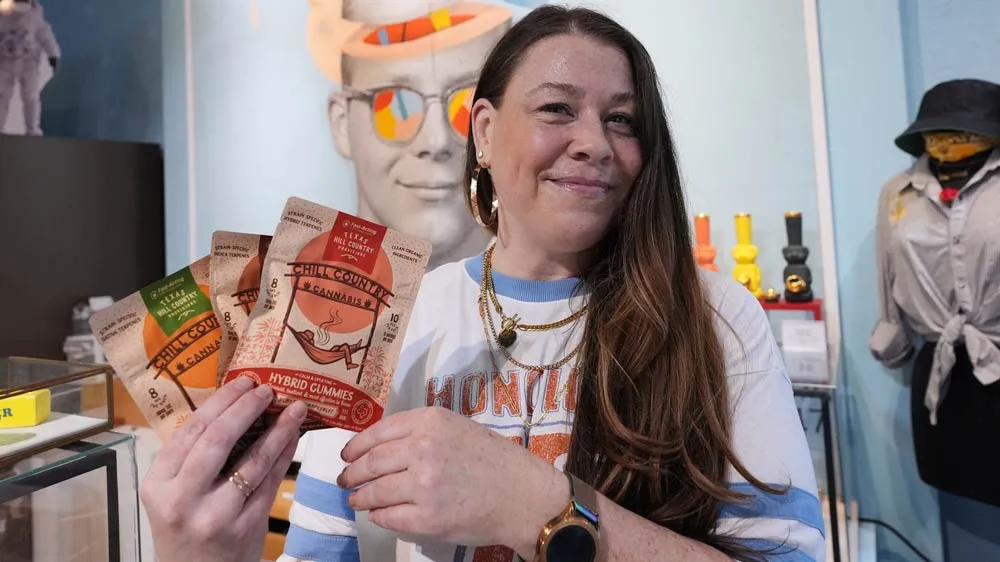February 24, 2019
Kansas Lawmaker Apologizes After LGBTQ Daughter Decries Bill
READ TIME: 3 MIN.
A conservative Kansas legislator has apologized and said he has asked that he be removed as a sponsor of a bill calling same-sex marriages a "parody" after his LGBTQ daughter posted a letter to him on Facebook that ended with, "Shame on you."
Republican state Rep. Ron Highland of Wamego said in a letter Thursday to his hometown newspaper that he should not have signed on to the bill because it contained "hateful language" that he does not condone, The Manhattan Mercury reports . The bill seeks to prevent the state from endorsing any policy in line with what it calls the "LGBT secular humanist religion."
Highland's letter came hours after the Facebook post from his daughter, Christel Highland , a Kansas City-area artist, mother and "partner to the love of my life." In her letter, she told her father that, "It is time for you to change."
"I love you, I always will, in spite of your flaws," she wrote. "I cannot, however, condone your cruel actions. Shame on you."
She said in the post that her father had not responded to an email she sent him on the subject. Her post was first reported by The Topeka Capital-Journal .
Highland is a retired veterinarian who was first elected to the House in 2012, and he serves as chairman of its Agriculture Committee. He previously has served as Education Committee chairman.
The proposed "Marriage and Constitution Restoration Act" has drawn the strong condemnation of LGBTQ-rights advocates and lawmakers and most of its nine pages are a polemic against same-sex marriage. It was introduced after Kansas elected its first two openly LGBT lawmakers to the House last year.
Christel Highland did not immediately respond to a Facebook message seeking comment Friday, and her father declined to comment when approached by a reporter at the Statehouse.
But in his statement, Ron Highland said he trusted the bill's primary sponsor before seeing the text but that it "goes against our Lord's command to love our neighbors."
"I must admit it was a mistake, and apologize," he said.
Christel Highland responded with a Facebook post Friday morning: "Now I have to write another letter," followed with a heart emoji.
The anti-LGBTQ marriage bill was part of a package of six measures introduced by conservative Republicans. None of them are expected to get even a committee hearing.
They include bills that would impose a $3-per-entry tax on admissions to sexually oriented businesses, require anti-pornography filters on all devices sold in Kansas that provide internet access and to give social media users a right to sue in Kansas courts if their political posts on social media are deleted or censored.
The bills have been promoted in various state legislatures by activist Chris Sevier , who once made news for trying to marry his laptop as a way to publicize his opposition to same-sex marriage. Rep. Randy Garber, a Sabetha Republican, agreed to sponsor the package of bills in Kansas.
Sevier has pushed the bills this year in Missouri, where some lawmakers have complained that the meetings with him were uncomfortable. The Kansas City Star reported that Missouri Senate Administrator Patrick Baker sent an email Thursday to the entire Senate and staff with the subject line "security concern" and a picture of Sevier.







